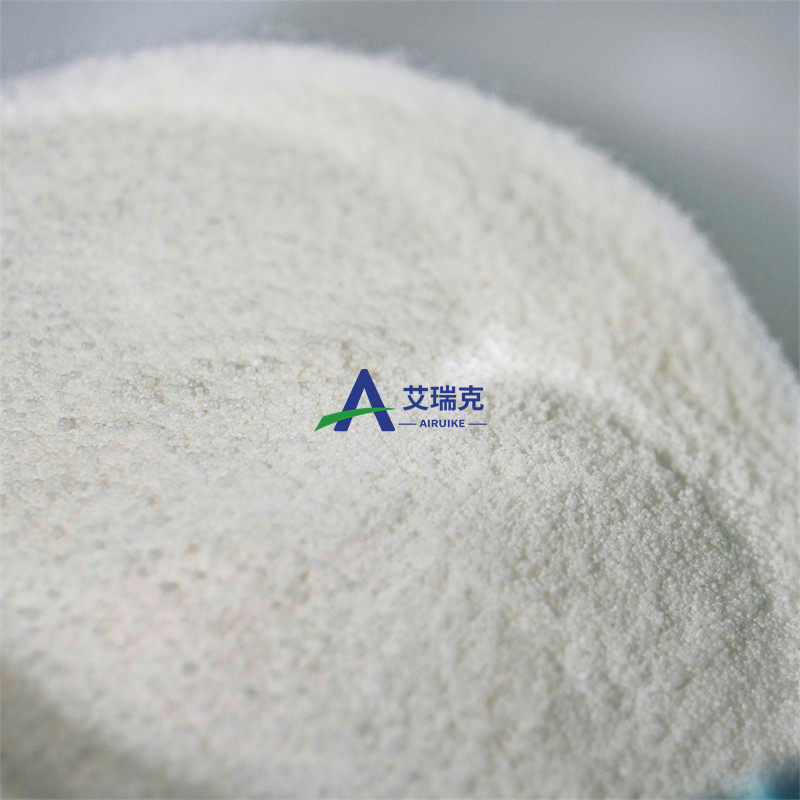Science: develop new strategies for Parkinson's disease! Activating wild-type gcase can relieve Parkinson's disease symptoms
-
Last Update: 2019-10-22
-
Source: Internet
-
Author: User
Search more information of high quality chemicals, good prices and reliable suppliers, visit
www.echemi.com
October 22, 2019 / Biovalley BIOON / - -- in a new study, researchers from Northwestern University in the United States developed and tested a new strategy to treat Parkinson's disease by reducing the impact of harmful gene mutations using patient derived neurons The relevant research results were published in the Journal of Science Translational Medicine on October 16, 2019, and the title of the paper is "a Modulor of wild type glucocelebrosidase improvements pathway phenology s in dopaminergic neural models of Parkinson's disease" The corresponding author is Dr Dimitri krainc, director of neurogenetics center, Feinberg School of medicine, Northwestern University In the substantia nigra area of the brain of Parkinson's disease patients, immunohistochemical analysis of α - synuclein showed a positive staining (brown) of the Lewisite in the nerve, with pictures from Wikipedia Some experimental treatments for genetic diseases target mutated proteins or enzymes, but this new study uses a different approach Instead of trying to repair the mutated enzyme, krainc and his team expanded the healthy enzyme, which successfully alleviated Parkinson's disease symptoms in mouse models "This new study highlights the potential therapeutic target of wild-type β - glucocerebrosidase (gcase) activation in many forms of Parkinson's disease," krainc said Parkinson's disease is the second most common neurodegenerative disease, which mainly affects neurons in the brain area called substantia nigra These neurons are responsible for the production of dopamine, a chemical messenger that transmits signals throughout the brain, and for the transmission of information that plans and controls body movements According to this new study, gba1 gene mutation is the most common genetic risk factor for Parkinson's disease Gba1 encodes gcase, an enzyme important for neuronal function Mutations related to Parkinson's disease can make gba1 lose function and produce abnormal gcase, which leads to the accumulation of toxic proteins in dopamine producing neurons As this population of neurons dies, patients develop symptoms such as tremor and slow movement Although some drugs can alleviate these symptoms, there is no way to prevent or slow down the disease According to krainc, drug development in patients with gba1 related Parkinson's disease focuses on stabilizing mutated gcase and limiting its harmful effects However, these drugs are only effective for several forms of Parkinson's disease "Conversely, activation of wild-type gcase may be more meaningful for a variety of forms of Parkinson's disease that exhibit reduced wild-type gcase activity," krainc said In this new study, krainc team developed a series of new chemical activators that can stabilize and expand normal gcase One of the chemical activators is a small molecule combined with gcase, which can improve the cell dysfunction related to Parkinson's disease in neurons from patients Krainc said Importantly, these activators can be used in many forms of Parkinson's disease, suggesting that this strategy can be applied to a wide range of patients "Our research points out the potential of regulating the activity and protein level of wild-type gcase in the treatment of hereditary and idiopathic Parkinson's disease, and emphasizes the importance of personalized neurology or precise neurology in the development of new therapies," he said In 2017, a study led by krainc, published in the journal Science, found that some key pathological features of Parkinson's disease were only observed in human neurons, but not in mouse models (Science, 2017, Doi: 10.1126/science.aam9080, see Biovalley news report: Science: antioxidant treatment in the early stage of Parkinson's disease is expected to prevent neurodegeneration and improve neuron function), which further highlights the value of neurons from patients in the development of drugs for Parkinson's disease "It will be very important to test any candidate therapeutic interventions targeting dopaminergic neurons in the midbrain of Parkinson's patients by studying human neurons," krainc said (BIOON Com) reference: 1 Lena f burbula et al A Modulor of wild type glucecerebrosidase improvements pathogic phenotypes in dopaminergic national models of Parkinson's disease Science Translational Medicine, 2019, doi:10.1126/scitranslmed.aau6870 2.New strategy to treat Parkinson's disease https://medicalxpress.com/news/2019-10-strategy-parkinson-disease.html
This article is an English version of an article which is originally in the Chinese language on echemi.com and is provided for information purposes only.
This website makes no representation or warranty of any kind, either expressed or implied, as to the accuracy, completeness ownership or reliability of
the article or any translations thereof. If you have any concerns or complaints relating to the article, please send an email, providing a detailed
description of the concern or complaint, to
service@echemi.com. A staff member will contact you within 5 working days. Once verified, infringing content
will be removed immediately.







